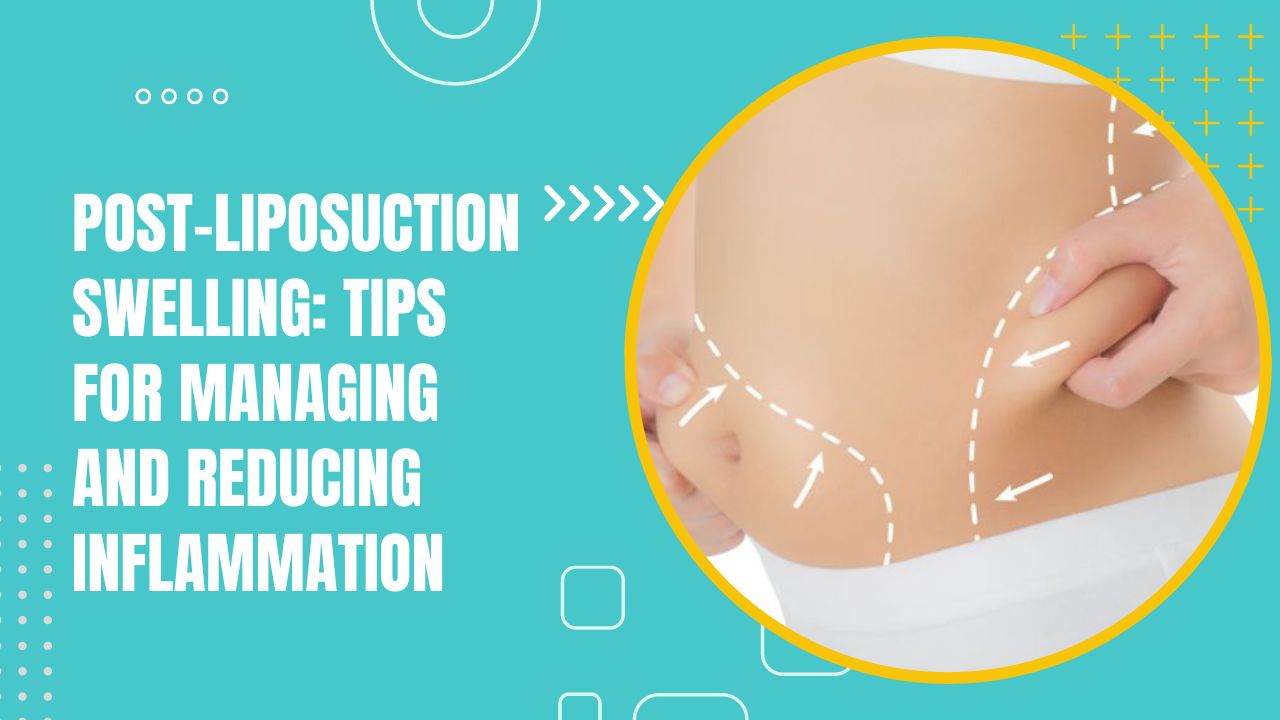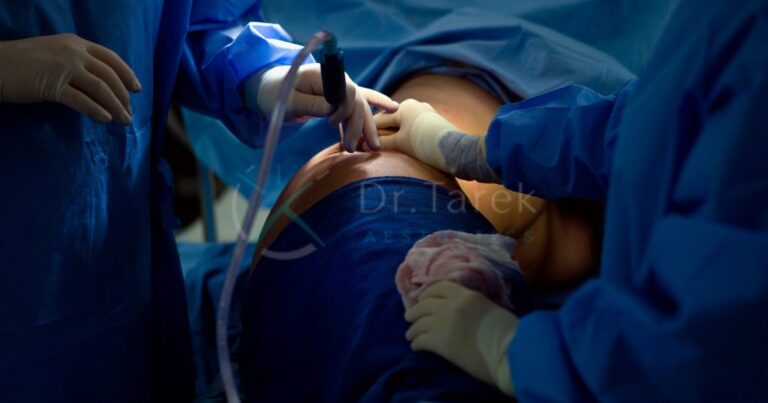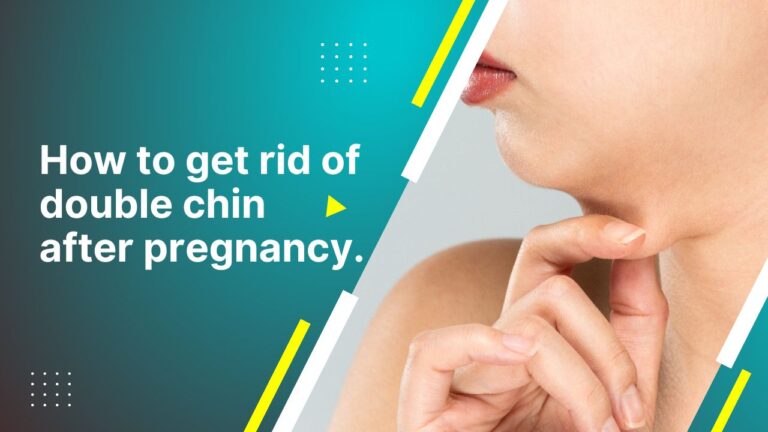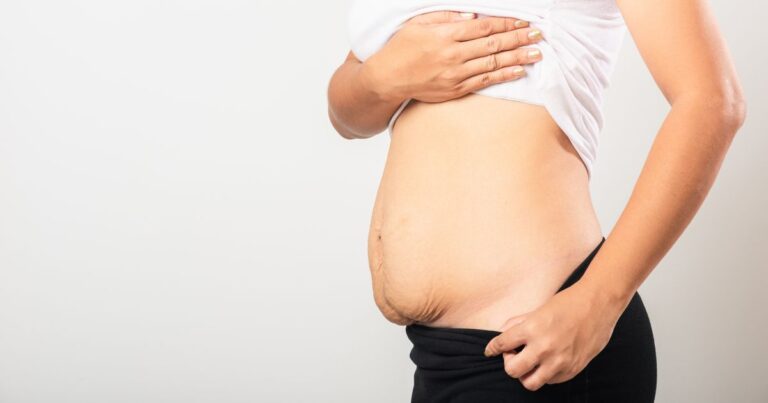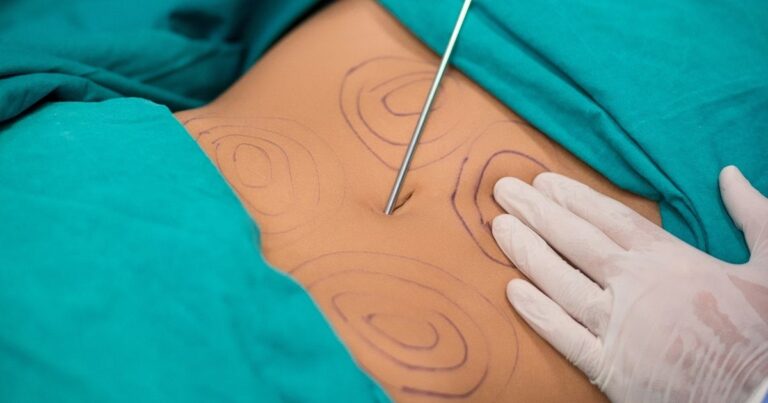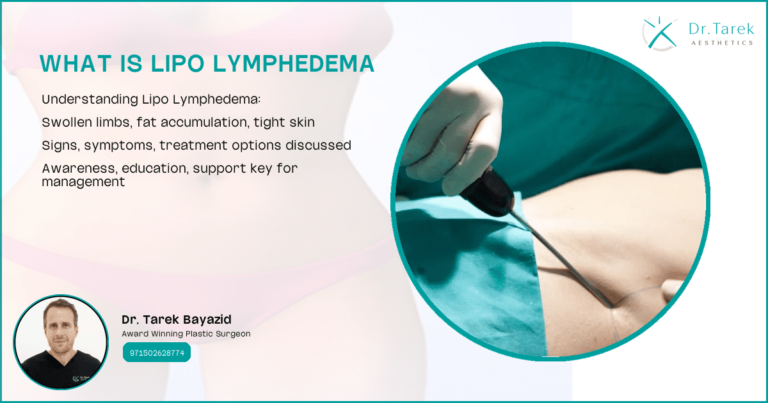Swelling is a common liposuction side effect and can last several weeks following the procedure. Although swelling is a natural part of the healing process, it can be uncomfortable and cause patient concern. This article will share practical tips for managing and reducing inflammation after liposuction in Dubai.
1. Wear Compression Garments
As your surgeon recommends, wearing compression garments is crucial for managing post-liposuction swelling. These garments provide gentle pressure on the treated areas, helping to reduce inflammation, support the healing tissues, and improve the overall contour of your results.
2. Elevate the Treated Area
When resting, try to keep the treated area elevated above the level of your heart. This position will help to reduce blood flow to the area, subsequently reducing swelling and discomfort.
3. Stay Hydrated
Drinking plenty of water is essential for flushing toxins from your body and promoting healing. Staying hydrated can also help to reduce inflammation and improve overall skin elasticity.
Book A Consultation With Dr Tarek Bayazid
Top-rated Plastic Surgeon For Liposuction in Dubai
Installment Plan Available
4. Limit Salt Intake
Excessive sodium intake can cause fluid retention, which may exacerbate post-liposuction swelling. Be mindful of your salt consumption, and limit your processed and high-sodium food intake.
5. Follow a Balanced Diet
A well-balanced diet rich in vitamins, minerals, and antioxidants can support your body’s healing process and help to reduce inflammation. Add plenty of fruits, vegetables, lean proteins, and whole grains to your meals.
6. Gentle Exercise
While it’s essential to avoid strenuous activities in the initial weeks after liposuction, gentle exercises such as walking can help to promote circulation, reduce swelling, and speed up your recovery. Consult your surgeon before starting any exercise routine to ensure it is safe and appropriate for your stage of recovery.
7. Apply Cold Compresses
Applying cold compresses to the treated areas can help to alleviate swelling and discomfort. Be sure to wrap the cold compress in a cloth before applying it to your skin to avoid frostbite, and limit each application to 15-20 minutes.
8. Be Patient and Follow Post-Operative Instructions
It’s essential to be patient during your recovery and follow your surgeon’s post-operative care instructions. Swelling can take several weeks to subside, and adhering to the recommended guidelines will ensure the best possible outcome and a smooth recovery.
Conclusion
Managing and reducing post-liposuction swelling is crucial for achieving optimal results and ensuring a comfortable recovery. By following these tips and working closely with your surgeon, you can expect a smoother, more contoured appearance as the swelling subsides and your body heals.
If you’re considering liposuction and want expert advice on managing post-operative swelling, request a quote from our experienced team at Dr Tarek Bayazid. We’re dedicated to providing personalised care and the highest expertise to help you achieve the best possible results.
Frequently Asked Questions
How long does swelling typically last after liposuction?
Swelling after liposuction can vary from person to person, but it usually begins to subside within a few weeks and may continue to improve for several months. Most patients see their final results within six months of the procedure.
Is severe swelling a sign of complications?
While mild to moderate swelling is expected after liposuction, excessive or persistent swelling may indicate complications such as infection or fluid collection. If you’re concerned about the severity of your swelling, contact your surgeon for an evaluation.
Can I take over-the-counter medications to reduce swelling?
It’s essential to consult your surgeon before taking any medications to reduce swelling after liposuction. Some over-the-counter anti-inflammatory drugs may not be suitable during recovery and could interfere with your healing process.
How can I tell if my compression garment is the right size?
A well-fitted compression garment should provide consistent pressure on the treated area without causing discomfort or restricting blood flow. If you need more clarification about the fit of your garment, consult your surgeon for guidance.
Can I have a lymphatic drainage massage to reduce swelling?
Lymphatic drainage massages can be beneficial for some patients in reducing post-liposuction swelling. However, it’s essential to consult your surgeon before undergoing any massage therapy to ensure it is safe and appropriate for your stage of recovery.
